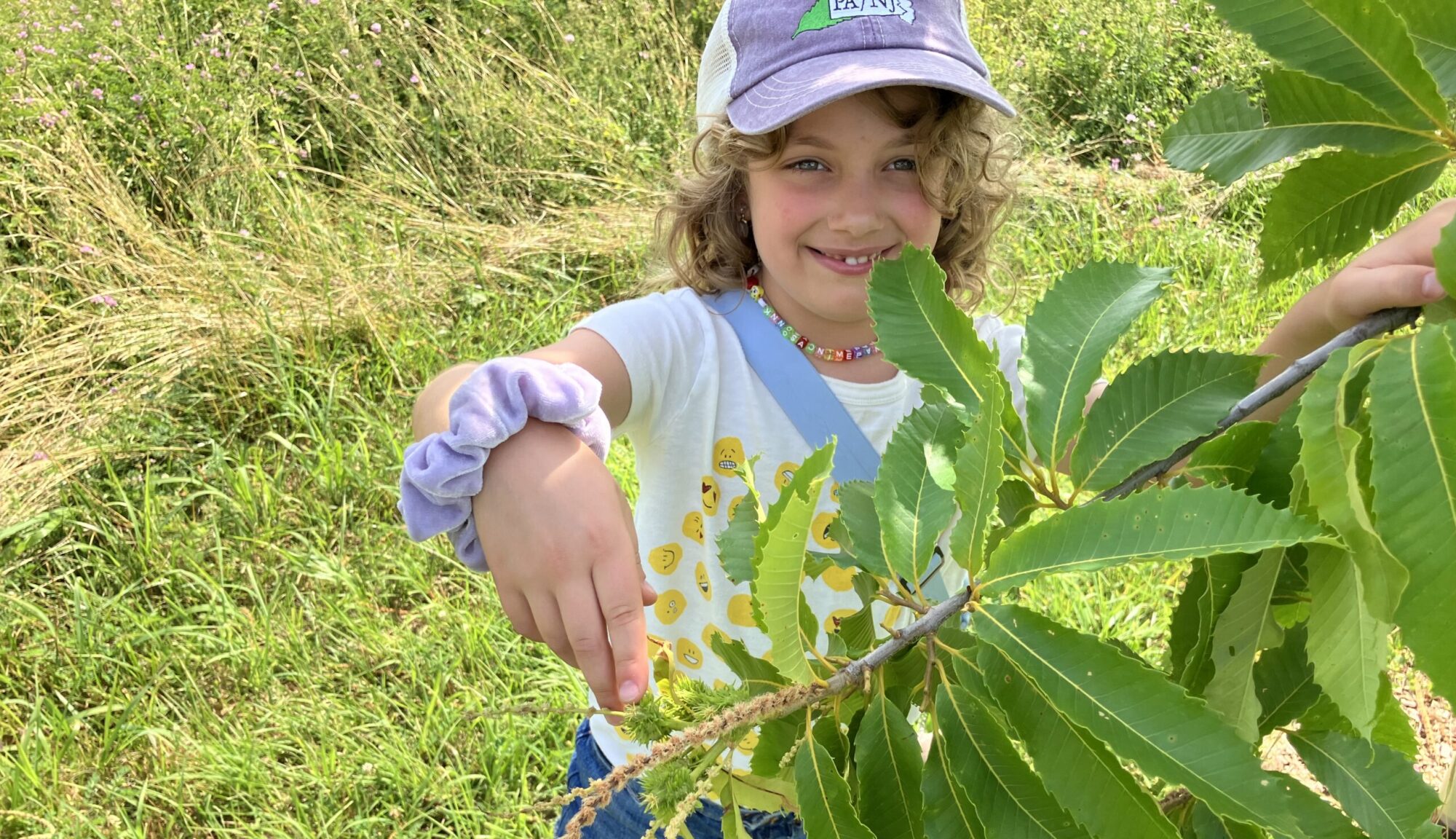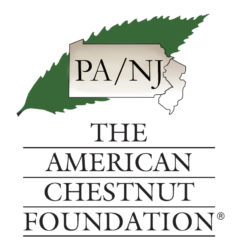We receive several calls a day from people who may have found an American chestnut tree. This is great! It means you are interested and paying attention, you know what you are looking for, and you know we are here.
Due to low staff numbers and high volumes of American chestnut sightings, we are unable to travel to your location to identify trees.
If you think you may have found an American chestnut, here is what we ask of you:
1. Fill out and send us a tree locator form and a sample (instructions below). It is not necessary that you call us, but you are always welcome to call if you have questions about the process. You will typically receive a response from us within six to eight weeks of receiving the sample, however at very busy times of the year it may be longer. The data from your form is useful the tree is not identified as a wild-type American chestnut. So keep looking for trees and sending the forms!
2. If we are able to identify the tree, we may contact you with a request to send us nuts during harvest season. Nuts sent in from identified trees are used in our breeding program.
Learn more here. If you are unable to download and print the form, contact our office at 814-863-7192 or mail@patacf.org and we can send you a paper copy.

